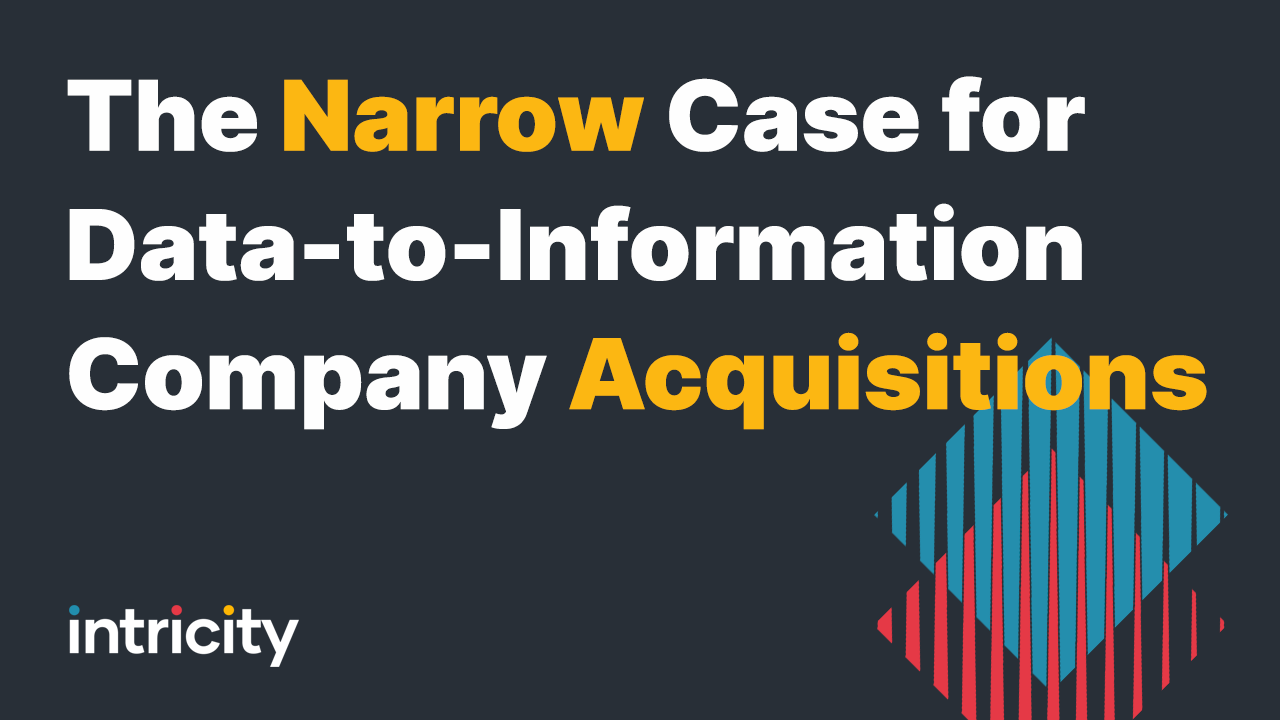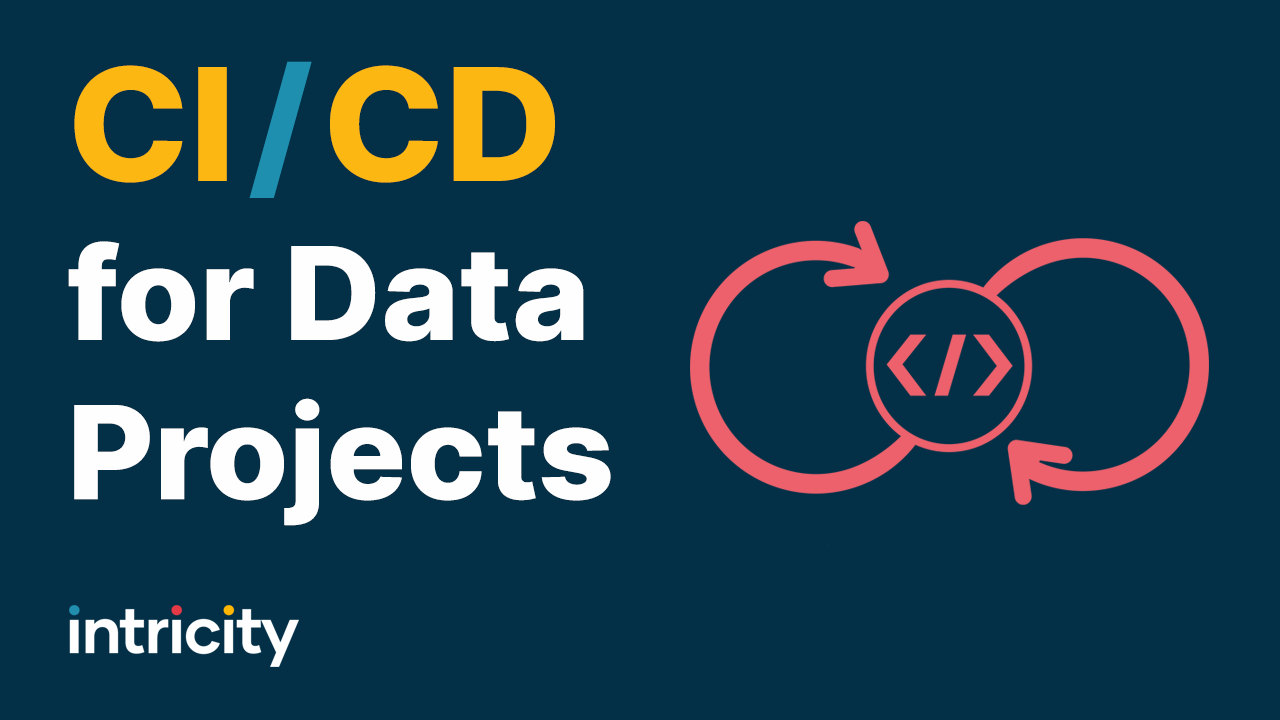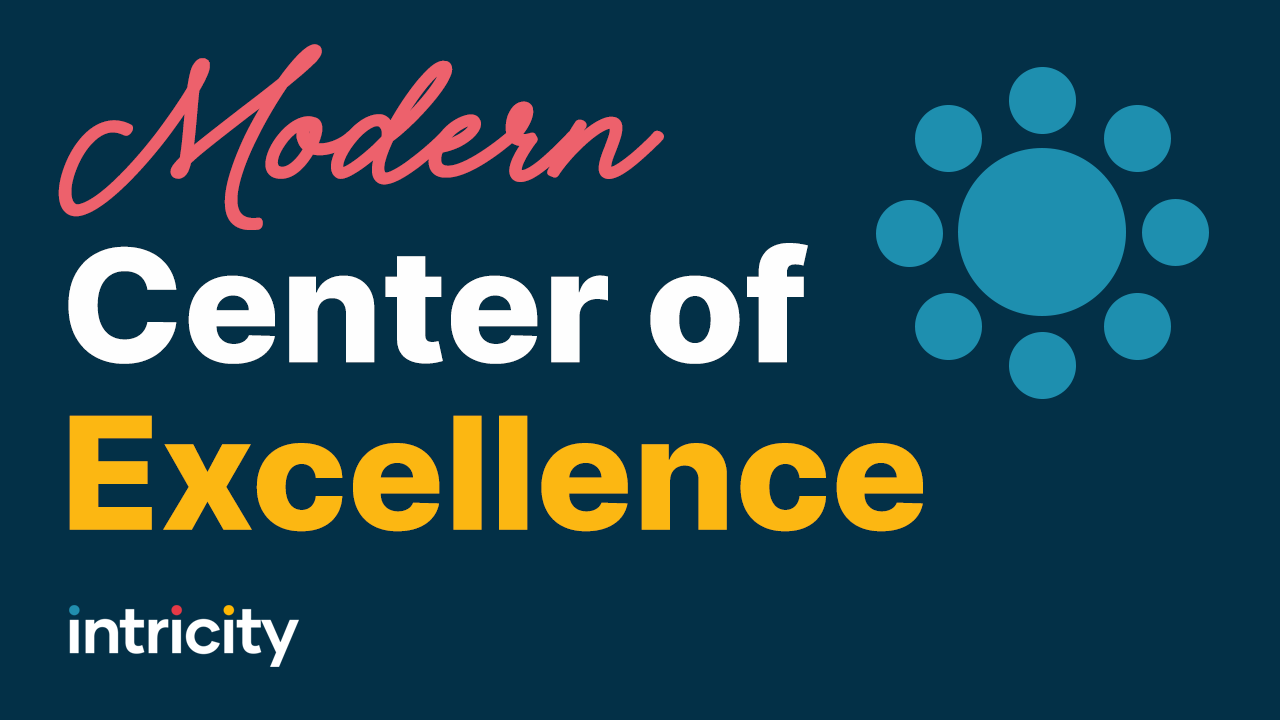When you go home tonight, take a brief look at your house, and ask yourself. “How many stories or rooms could I add to this house on top of its current structure?” Could you add 5? How about 10? Would you casually add 20?
Like this thought experiment, your organization has likely added many floors and rooms to its house as you’ve organically grown and made acquisitions. But the foundations of your data management may have not changed, and this existing foundation is putting a cap on the amount of growth your organization can expect to gain in the future. Let me see if I can guess your current situation:
While you store vast quantities of raw data in a wide array of systems, little of it tells a cohesive story about your business, and there’s no process, governance, or oversight in place to ensure its consistency. The simplest question about “who your customer is, and what you’re doing with those customers”, requires hours of manual data integration work. And this isn’t work that permanently answers that simple question. It’s mostly throw-away work because you don’t have the systems to automate that manual data integration. Then at the end of all this manual work, you ask yourself, can we trust this data?
Additionally, you may have a single customer represented as data in 6 different systems in your company. These are systems like, Billing Systems, Customer Relationship Systems, Operations Systems, Lead Management Systems, Support Systems, Etc. Those systems have no awareness of each other’s records. There is literally nothing but hours of human labor that show us where a customer has touched your organization. This disparity of customer data only increases the more you grow, and your capacity to reach our customers further dilutes if you don’t change your data management foundation.
So how are your competitors dealing with these issues?
First, they have a Master Data Management solution for synchronizing customer records. This enables your competitors to see where their client has touched their organization and enables them to keep their customer records up to date with the latest information updates, no matter where the touchpoint came from.
Second, they have a Data Warehouse which deals with the integration of their companies attributes and measures in a disciplined way, which the entire organization can consume. This feeds everything from Field Level Reports, to Analytics, and Executive Dashboards. And this is what a data management backbone includes.
So how can you get there? First, you need a cultural recognition that Data Management is central to your growth trajectory plans, and likely a critical component to meeting your mission statement.
Then you need to follow up on that recognition with a commitment of time, people, technology and money, to obtaining an automated 360-degree view of your customer. The commitment to a data management program will act as a new foundation for your organization, which will support your future acquisitions and organic growth.
Intricity can help you build a roadmap to obtaining such a future. We’ve designed a low-risk engagement that generates the foundational assets necessary to get that process started. I’ve written a whitepaper about this low-risk engagement called “Phase 0”. If you’d like to read it click here. Additionally, you can reach out to talk with a specialist at any time.


